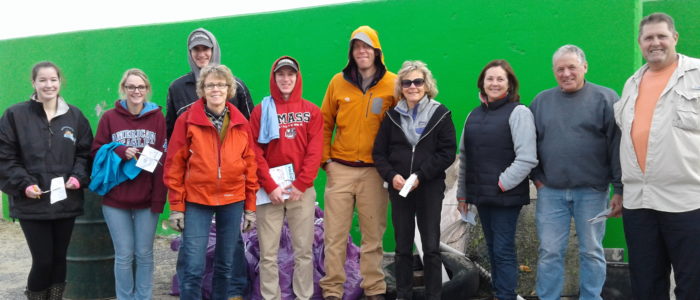
What’s in Plymouth Harbor that shouldn’t be there? Plymouth South High School students and other volunteers found out on October 29, 2016. Gathering at Long Beach to participate in COASTSWEEP as part of Plymouth’s Hometown Cleanup, they scoured the shoreline facing the harbor for marine debris that had washed up onshore. Every piece of trash encountered was recorded and removed from Long Beach.
Not surprisingly, much of the garbage was plastic, which never biodegrades. Instead, it breaks down into ever smaller pieces as demonstrated by the 129 tiny (<2 cm) plastic pieces picked up – the most numerous trash item encountered. Also included in the top ten items found were plastic drink bottles (77), plastic bags (61), and plastic bottle caps (51) – discarded in or near the water, buffeted by ocean waves and washed up on the shore. However, most plastic that gets in the ocean, stays there. Many seabirds eat pieces of plastic, drawn to its scent, or feed it to their chicks. A stomach full of plastic has no room for real food and both chicks and adults can die from starvation. The chemicals in plastic are harmful to wildlife and humans, too.
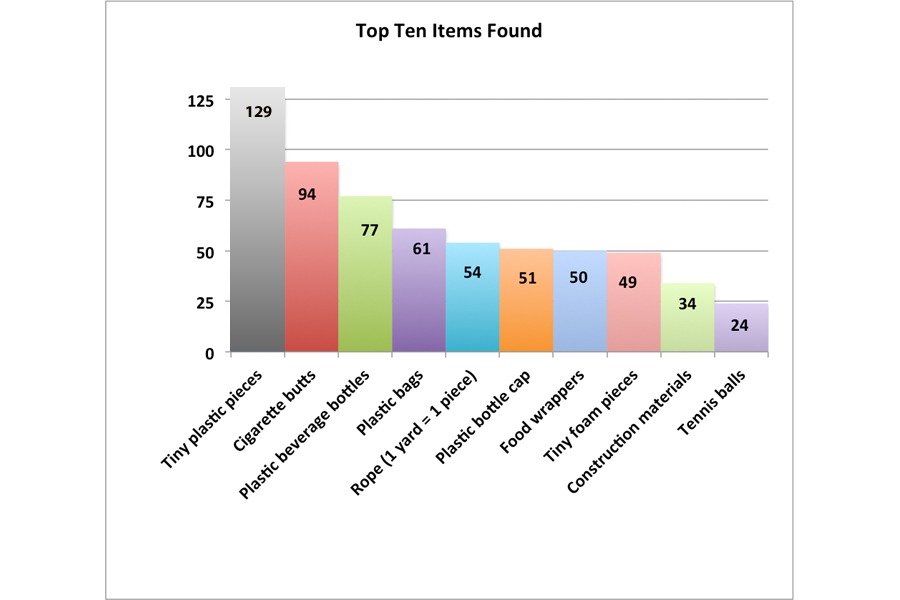
The ten most common types of marine debris counted during COASTSWEEP.
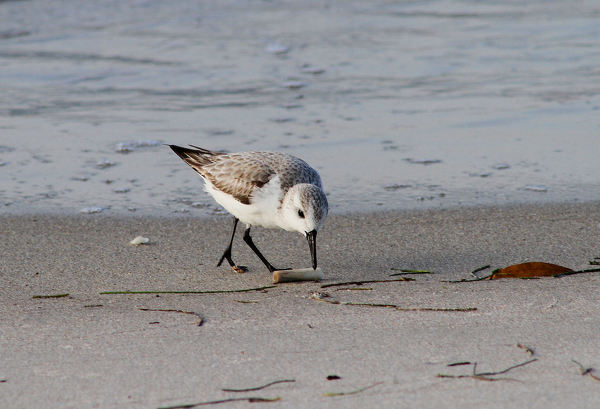
A Sanderling pecks at a cigarette butt. Photo by Ricky Wood.
The second most common trash item found was – ugh – cigarette butts. That’s not a huge surprise, as they are scattered everywhere in Plymouth. However, it’s not good. Because cigarettes can contain up to 50 carcinogenic compounds – most notably, nicotine – cigarette butts are toxic waste and poison wildlife and the marine environment.
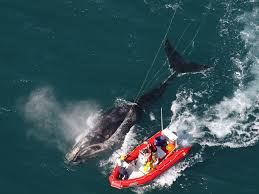
An entangled right whale. Photo by EcoHealth Alliance, NOAA Permit #932-1905
Rope was the fifth most common type of marine debris encountered. About 54 yards of it was picked up and removed. Most of it was plastic, too! Nylon, polyester and polypropylene have taken the place of traditional biodegradable materials such as jute, hemp, and cotton. Whales, seals and other animals too often become entangled in rope.
Food wrappers (50), tiny foam pieces (49), and construction materials (34) were in places 7,8 and 9, respectively. In items 1-9 Long Beach is similar to most other areas where COASTSWEEPs are conducted. However, the tenth most common item – tennis balls – is unusual. Where did 24 of them come from? The best guess is that two nearby tennis courts are sources: one overlooks the Eel River, which drains into Plymouth Bay, and the other is in a park just south of Plymouth Harbor.
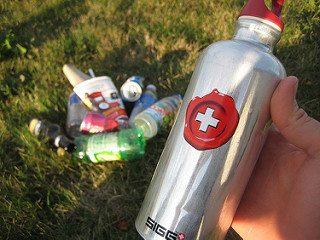
Reusable water bottle. Photo by Joe Bart via Flickr
Now that we know what is in Plymouth Harbor that shouldn’t be there, what can be done to try to prevent common types of marine debris? Everyone can be part of the solution. One of the easiest things to do is to stop using single-use disposable plastic items such as straws, plastic bags, and plastic cups. Another solution is recycling. Recycling plastic, glass, and aluminum beverage containers would significantly reduce marine debris.
Legislation is another useful tool. A multitude of towns in Massachusetts, the U.S., and the world have banned plastic bags. Even entire countries, for example, China, India, Bangladesh and South Africa, have done this. And, Plymouth just joined the movement, banning single-use, disposable plastic grocery bags at October’s Town Meeting.
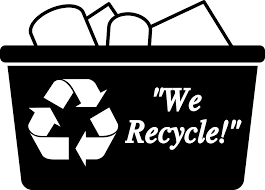
Plymouth has easy single-stream recycling.
What will you do to reduce marine debris and keep our beaches clean?
Thanks to the COASTSWEEP participants!
- PSHS students: John Ross, Chris Elliott, Jenna O’Malley and Hailey Callahan
- Others: Tom Fugazzi, Janine Gustin, Denise Stowell, Dan Nowacki, Brooke Monroe, Robert Addison and Dorie Stolley